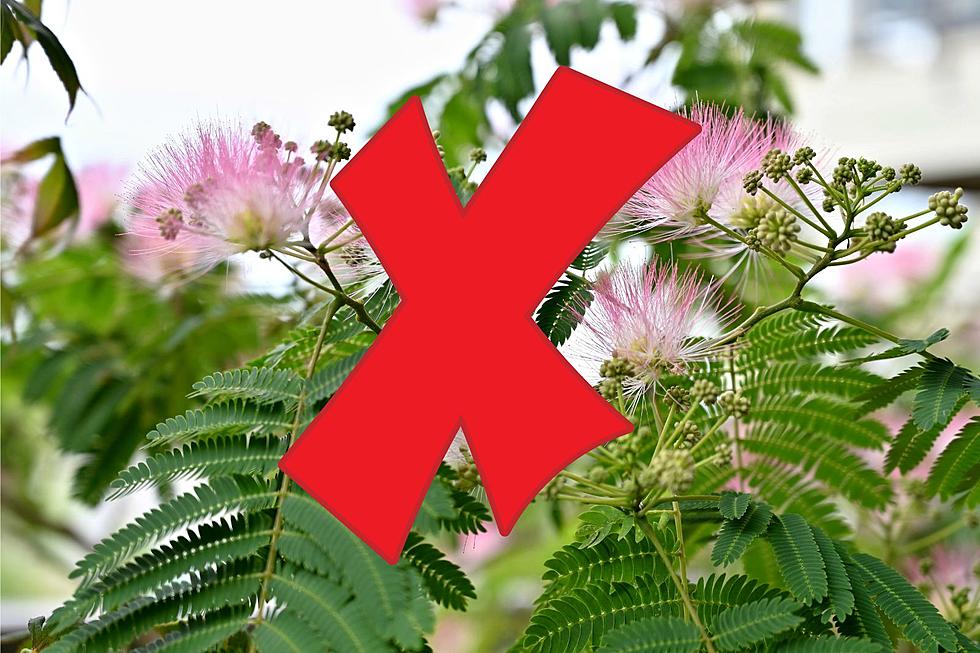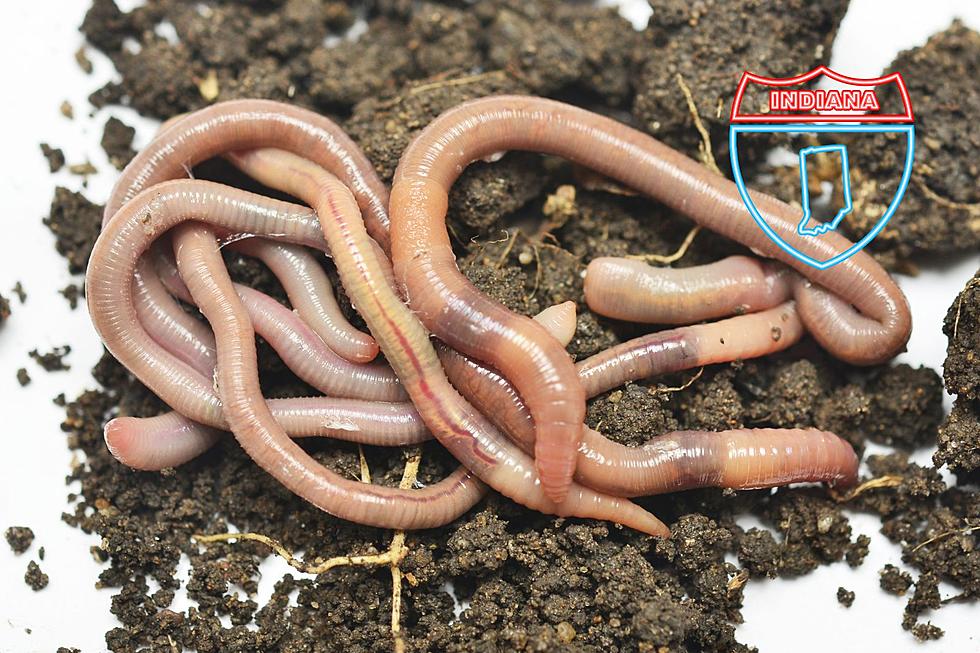![These Invasive Species in Kentucky Are Bad News and Here’s Why [VIDEOS]](http://townsquare.media/site/76/files/2022/08/attachment-Untitled-design84.jpg?w=980&q=75)
These Invasive Species in Kentucky Are Bad News and Here’s Why [VIDEOS]
The various versions of natural resources departments across the nation could, I guess, be considered conquerors. Well, they certainly go to great LENGTHS to conquer. And I call them that because of the many non-native or invasive species of animals or plant life that deal a blow to ecosystems across the country. I mean, that's what you do to invaders...you CONQUER them.
KENTUCKY'S INVASIVE SPECIES ISSUES
Kentucky is just like everywhere else...loaded with indigenous species AND those that do not belong here. Three invasive creatures that can be found in the Commonwealth--and that are the focus of this story--run the gamut and cause huge problems. One is a fish; one is a mollusk; and one is even a pig. You COULD say--to paraphrase Paul Revere--two if by sea and one if by TRUCK. Yeah, we'll get to that.
ASIAN CARP
Many an article has been written about the trouble Asian carp give the Kentucky Department of Fish and Wildlife Resources. The agency is no fan and works tirelessly year in and year out to rid Kentucky's lakes and rivers of the nasty invasive fish. Here's why the agency is on such a mission:
Invasive carp are an invasive species that are detrimental to native species in Kentucky. They can out-compete native species for resources and some females are capable of producing over 1 million eggs annually, causing their numbers to grow at an alarming rate. Additionally, silver carp pose a danger to boaters due to the jumping behavior they exhibit when startled. As a result, this behavior can put them on a collision course with boaters causing injury to individuals and property.
ZEBRA MUSSELS
Now, here's a new one on me. First of all, I LOVE mussels. Bring me a plate and some drawn butter and a bib, and stand back. But THOSE mussels aren't THESE mussels. In fact, I've never heard of a zebra mussel, but you can rest assured the KDFWR has. Like barnacles on a ship, these tiny mollusks attach themselves to hard surfaces and, in Kentucky, can be found in the Ohio River, Lake Barkley, Kentucky Lake, and Dewey Lake near Prestonsburg in eastern Kentucky.
You may have already read between the lines and deduced why these little creatures--native to the Black and Caspian Seas in eastern Europe--wreak such havoc, but Kentucky Fish & Wildlife will spell it out for you:
Zebra mussels attach to hard surfaces, including rocks, stumps, boats, weeds, other mussels, motors, piers, and the inside of water intake pipes. Once attached, they can form layer upon layer of living mussels.
You can imagine the clogging issues surrounding the habits of zebra mussels. As the agency goes on to indicate, boaters who leave their crafts in the water year-round can be faced with a big problem.
FERAL PIGS
Now, we switch from a BIG problem to a PIG problem...except that the pig problem IS a big problem. No, I'm not talking about typical farm pigs like Wilbur or Babe; I'm talking about wild pigs. And you just don't want to mess with them. I knew they were an issue in the deep south, but I'm just now learning that they have migrated north. But they didn't do that without help. According to the KDFWR, wild pigs came to Kentucky in trucks. And the agency's cause for concern is as follows:
They eat almost anything, robbing our native wildlife of food and often preying on native animals as well. What’s most concerning, however, is their vigorous reproductive potential. In favorable habitat conditions, sows can breed as young as five to ten months old, and are capable of producing litters of 3-8 piglets twice a year! Leaving just a few females on the landscape can quickly result in a huge population increase.
But Kentuckians are STRONGLY discouraged from shooting them. Instead, if they are spotted, you should call 1-800-858-1549. Shooting feral pigs is futile because of the aforementioned prolific reproduction rate. It simply won't move the needle. Also, despite the damage they cause in the wild, they are secretive creatures and have no interest in human contact, typically running away when they hear at the slightest whiff of danger.
For the longest time, I really only thought Florida had huge issues with non-native species like pythons and monitor lizards.
But with every minute I spend researching animals in Kentucky, I'm enlightened even further to the troubles caused by creatures that simply do not belong here.
[SOURCE: Louisville Courier-Journal]
Kentucky's Nuisance Animals
LOOK: Here are the pets banned in each state
More From WDKS-FM


![Louie Smiles in Every Photo Because He’s a Hap-Hap-Happy Boy! [Warrick Humane Society Pet of the Week]](http://townsquare.media/site/74/files/2024/04/attachment-LOUIE-WHS.jpg?w=980&q=75)
![Bruce Wayne is The Warrick Humane Society’s Bark Knight [Pet of the Week]](http://townsquare.media/site/74/files/2024/04/attachment-BATMAN-WHS-ADOPTABLE.jpeg?w=980&q=75)

